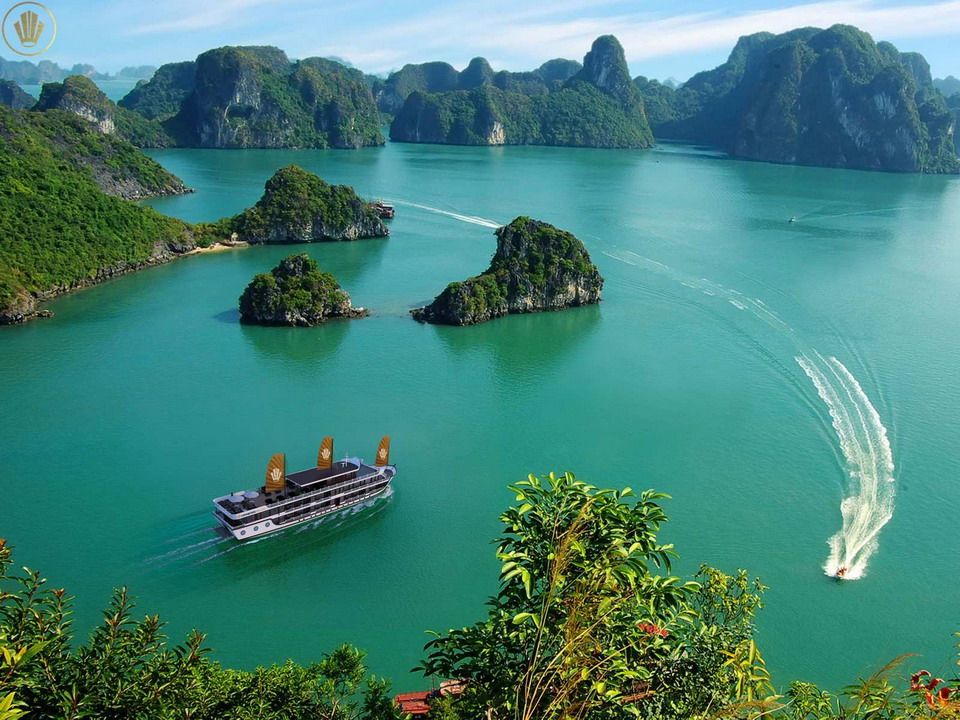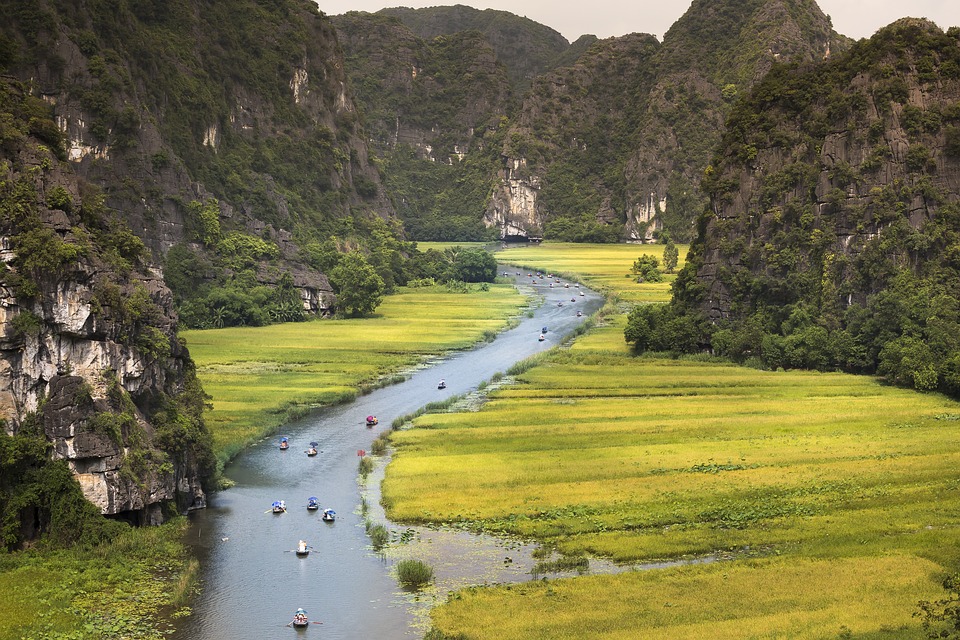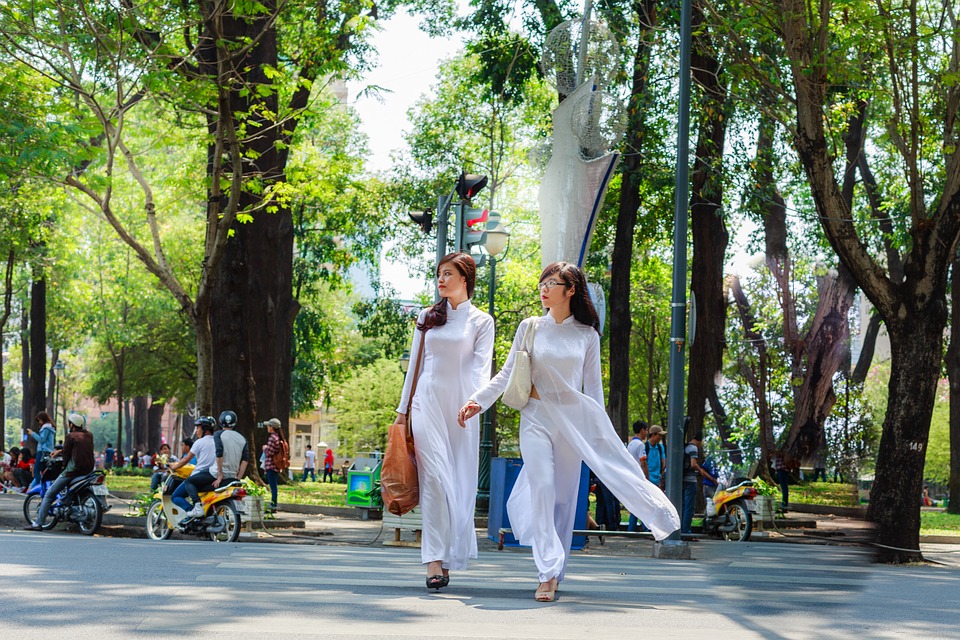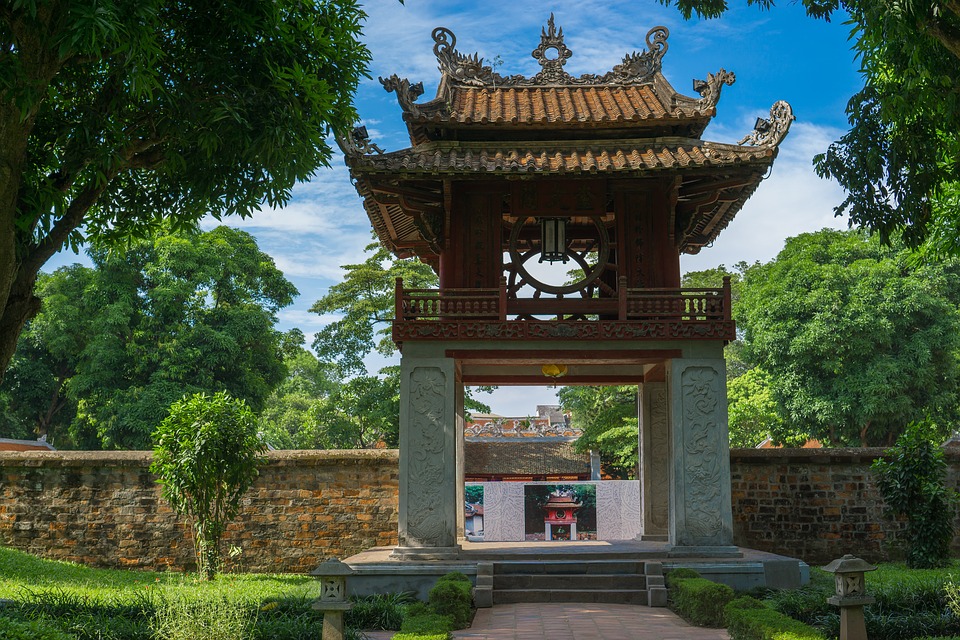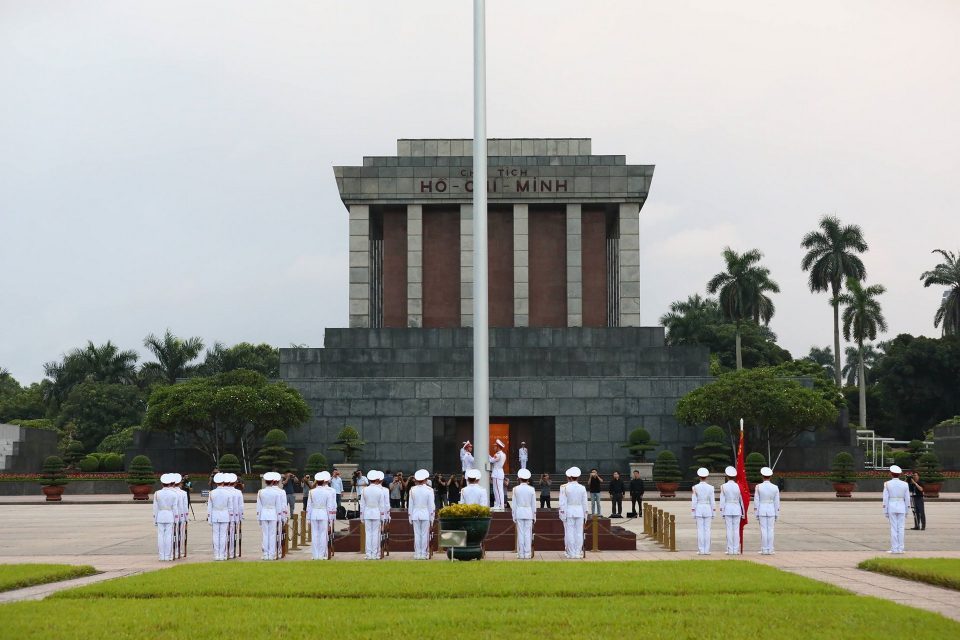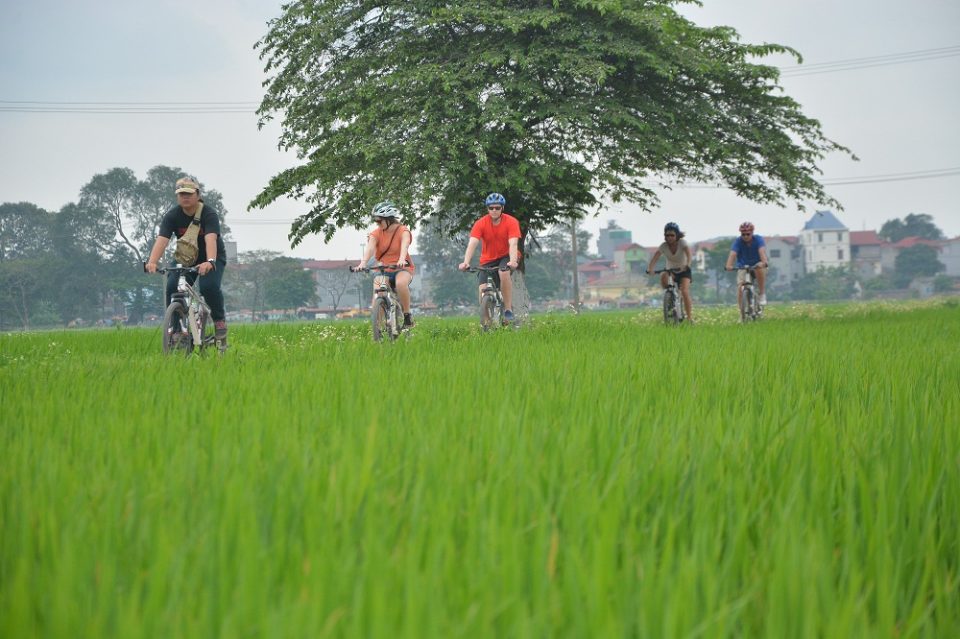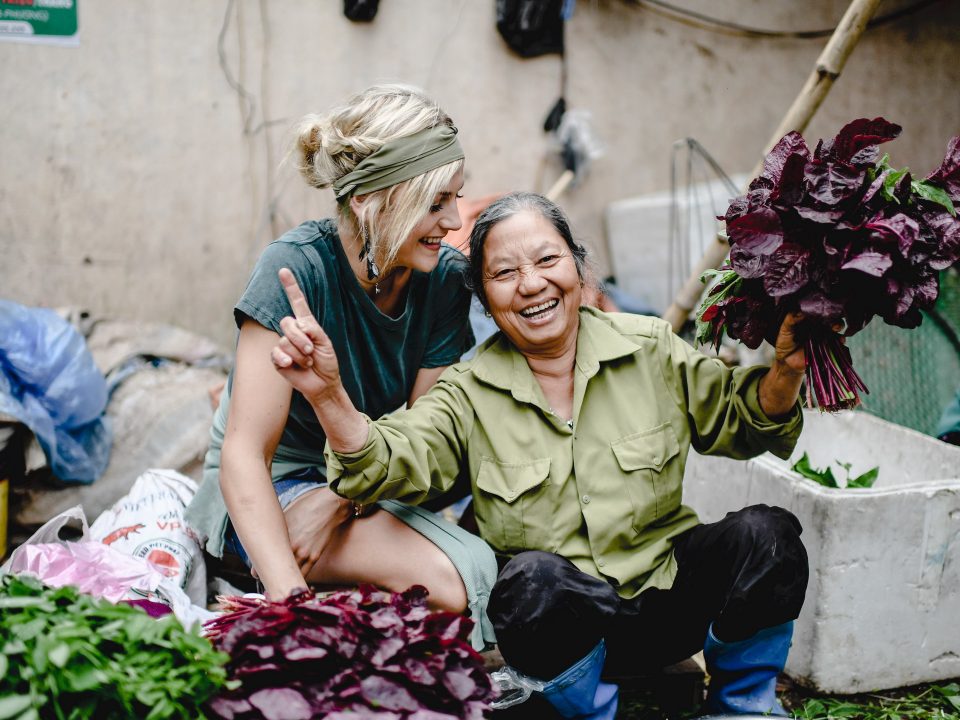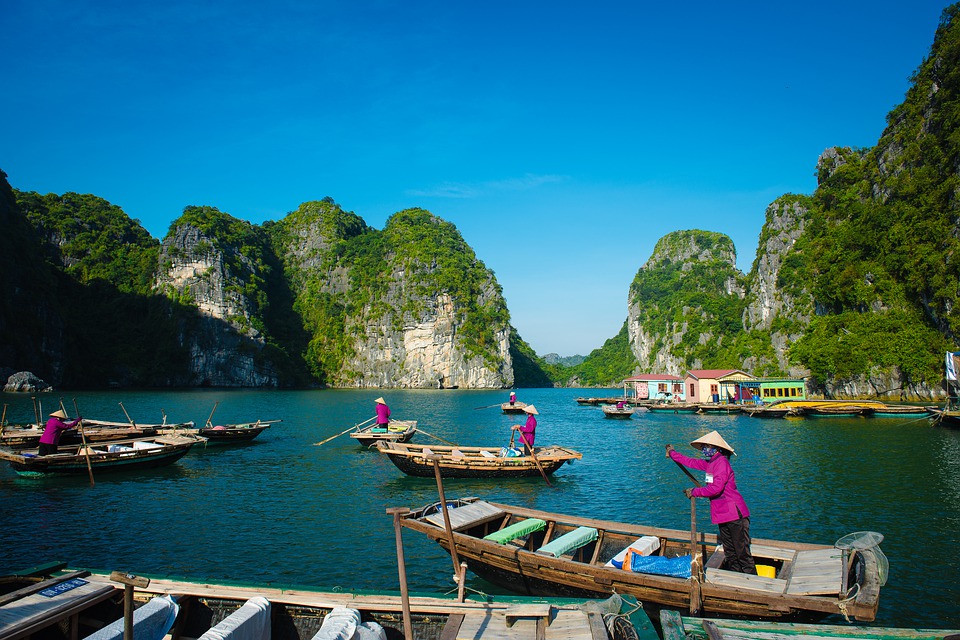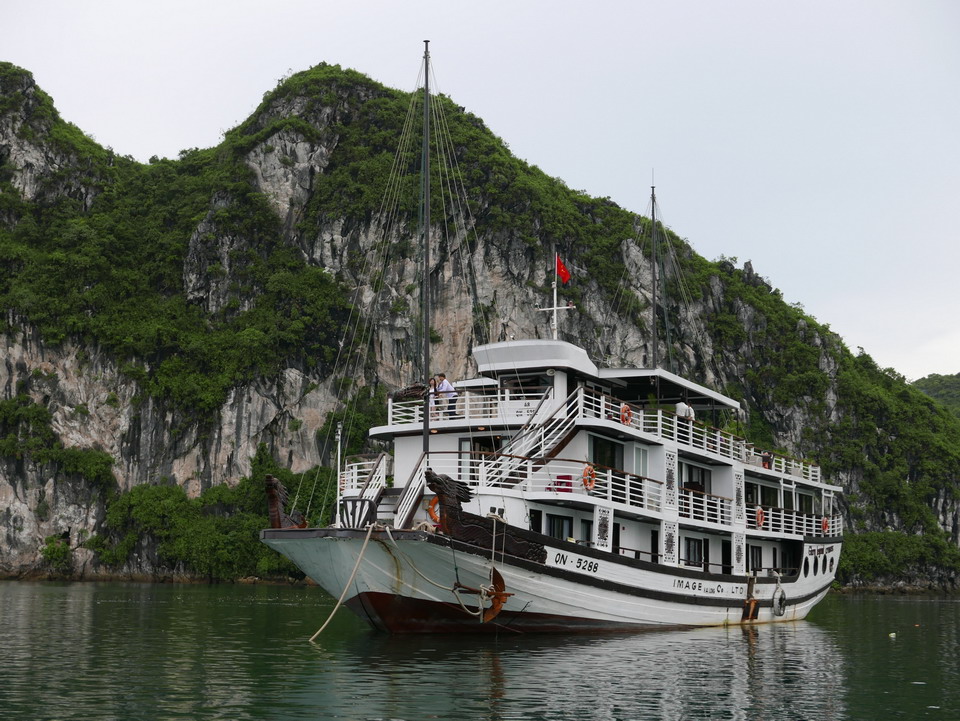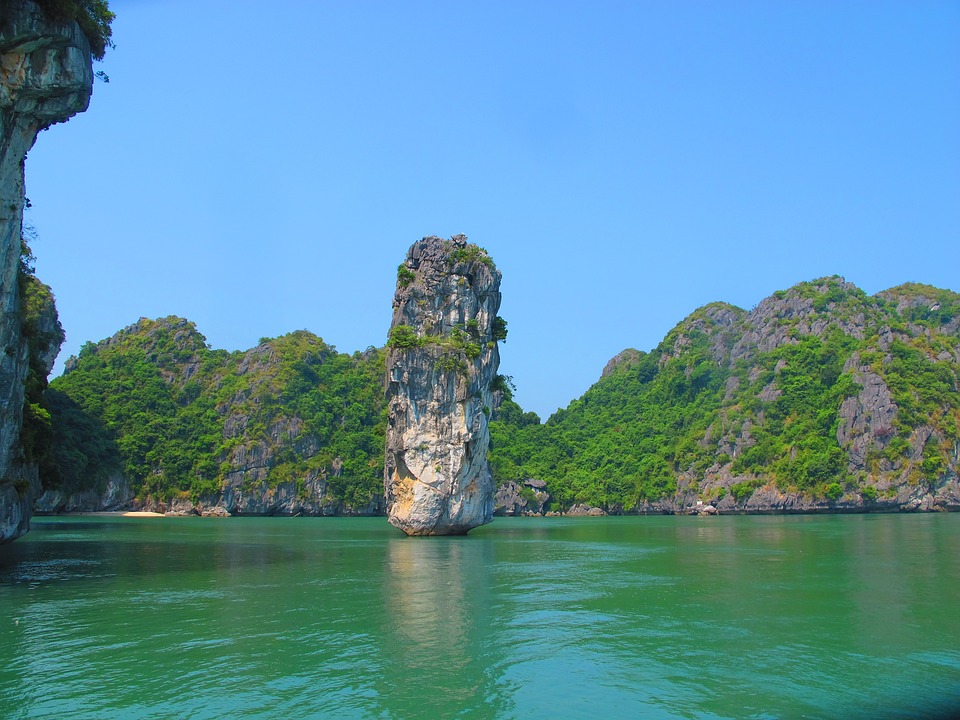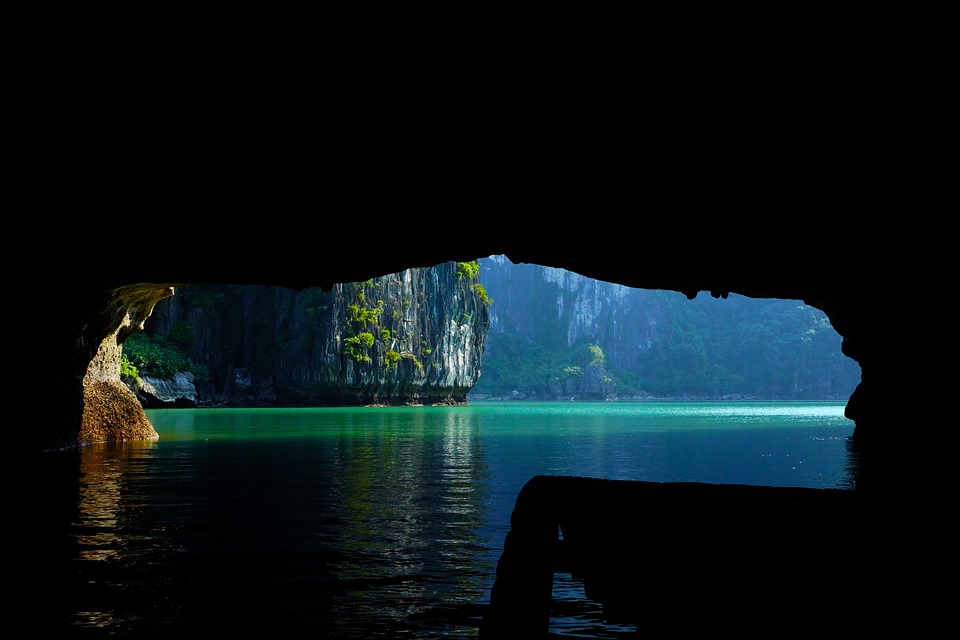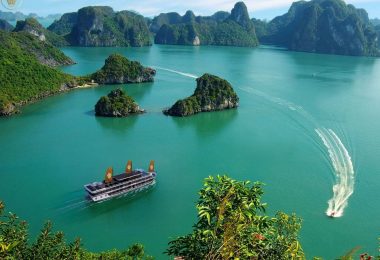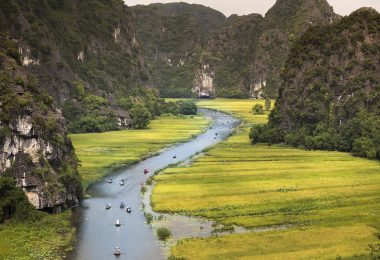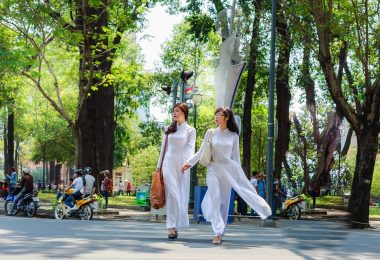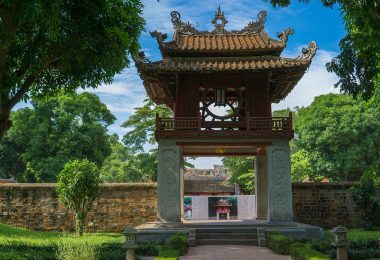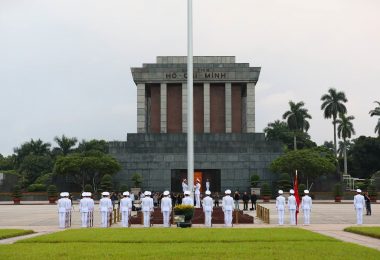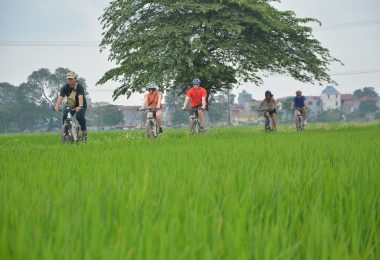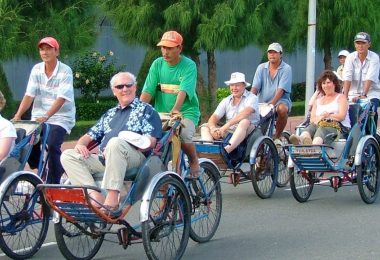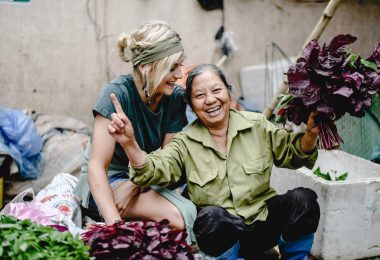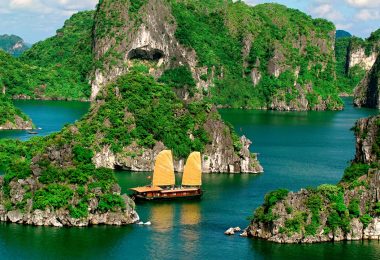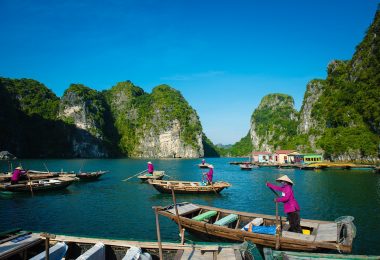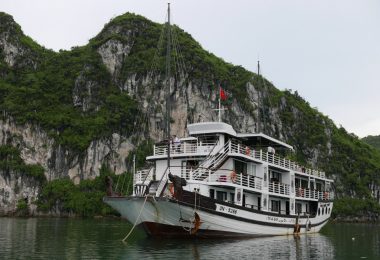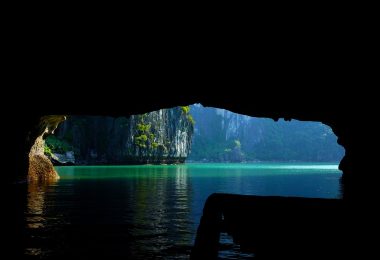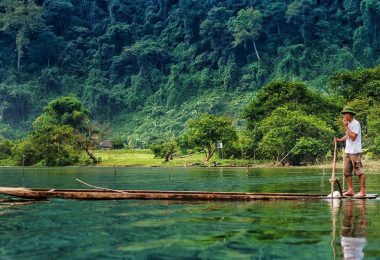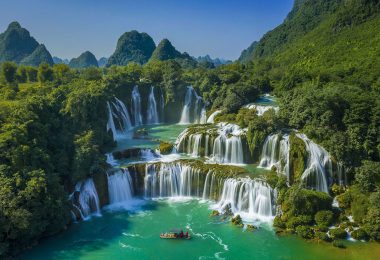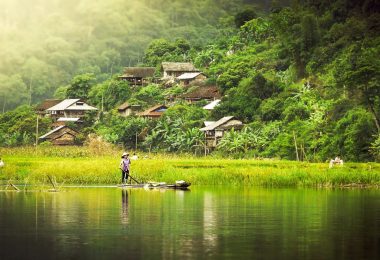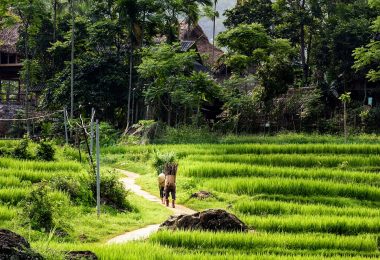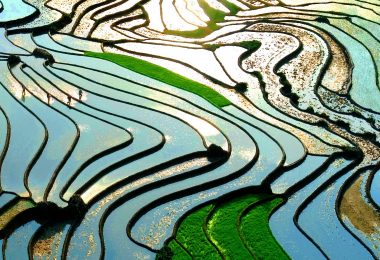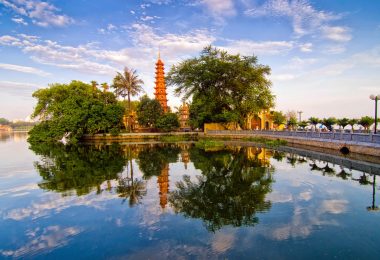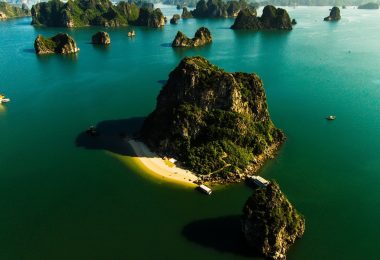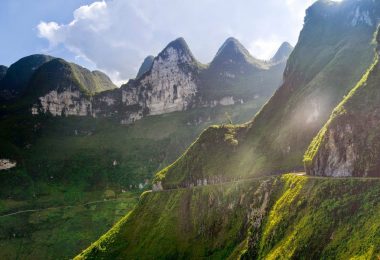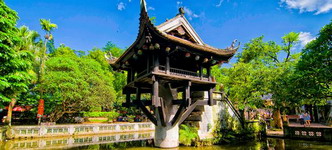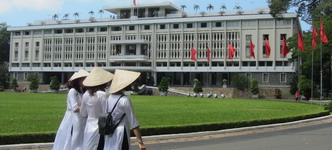Hanoi- Vietnam’s capital city, is a humming metropolis renowned for its colorful culture, rich history, and unusual fusion of old and new. Whatever your interests—history, cuisine, or adventure—Hanoi has something to offer everyone. The best things to see and do on Hanoi tours are outlined below.
History Landmarks of Hanoi
Ho Chi Minh Mausoleum
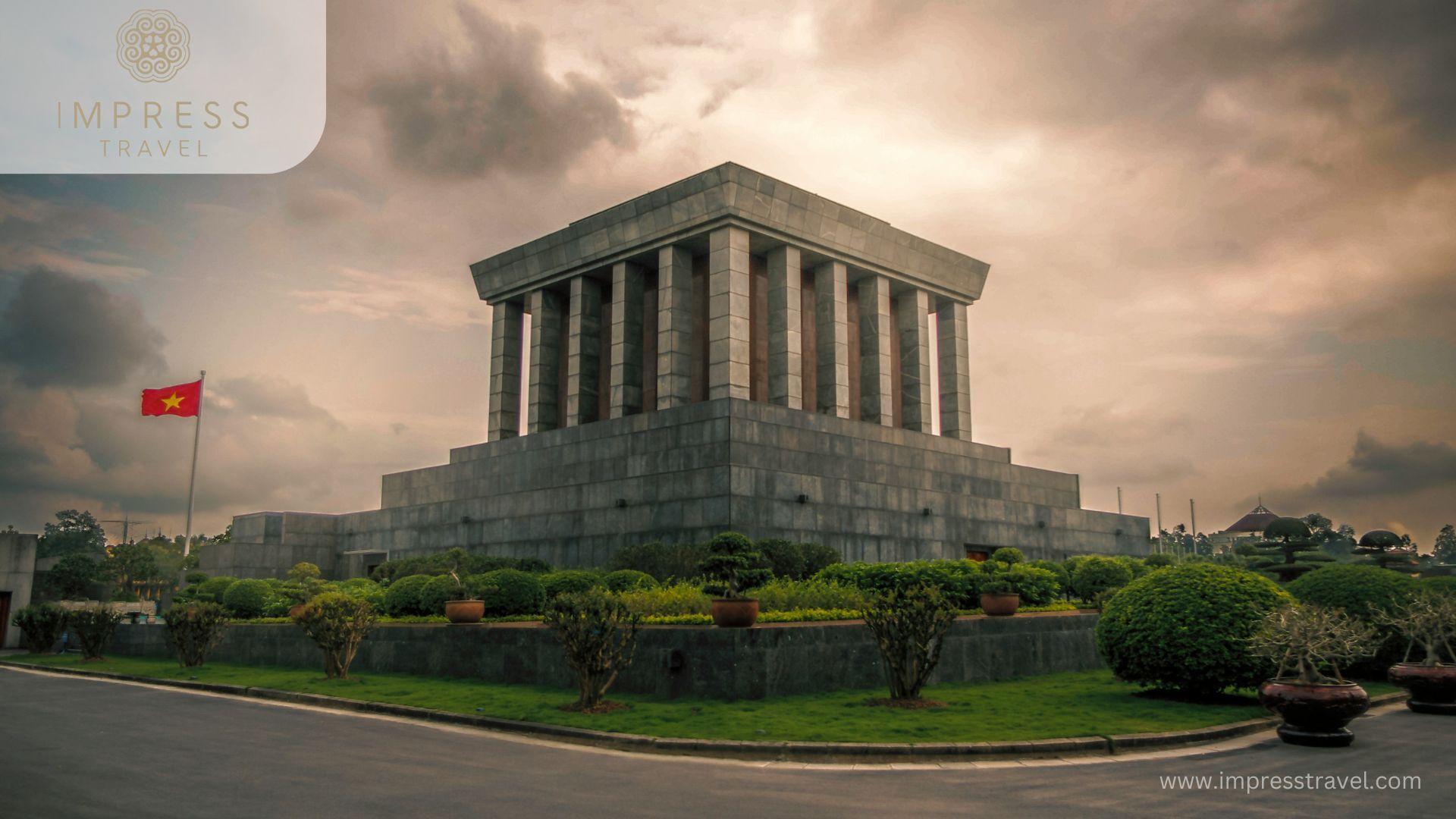
Ho Chi Minh Mausoleum
The revolutionary leader Ho Chi Minh’s last resting place is the Ho Chi Minh Mausoleum, one of the most popular tourist destinations in Hanoi. Situated in Ba Dinh Square, the dominating building is a major representation of Vietnamese culture and history. The last resting place of the revolutionary Vietnamese leader is the President Ho Chi Minh Mausoleum (Vietnamese: Lăng Chủ tịch Hồ Chí Minh) in Hanoi, Vietnam. In this massive edifice in the center of Ba Dinh Square, on September 2, 1945, Ho, the Workers’ Party of Vietnam Chairman from 1951 until his death in 1969, read the Declaration of Independence, establishing the Democratic Republic of Vietnam. Except for Monday, every morning the public is invited.
Address: 1 Hung Vuong, Ba Dinh, Dien Bien, Hanoi
One can get here via automobile or public transportation.
If you drive a car or motorcycle, don’t forget to designate the two parking spots on Ong Ich Khiem Street (across from the Mausoleum Guard Command) and Ngoc Ha Street (the entrance to the Ho Chi Minh Museum). You might check out the 09, 33, 22, 45, and 50 bus routes that pass Ba Dinh Square if you’re taking one.
The Temple of Literature
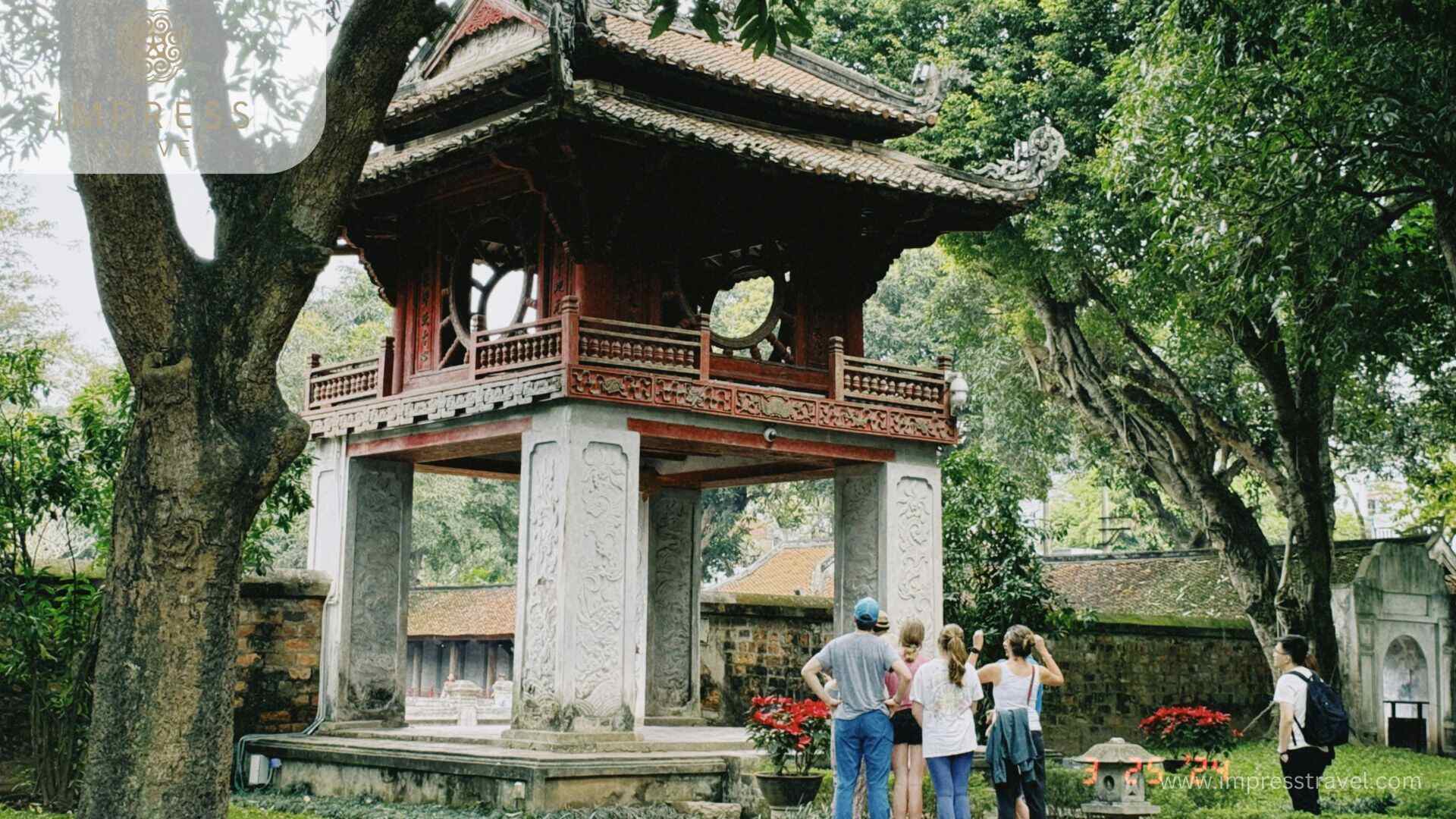
The Temple of Literature
The address is Dong Da District, Hanoi‘s 58 Quoc Tu Giam Street.
The Chinese scholar Confucius was honoured by Emperor Ly Thanh Tong’s construction of the Temple of Literature in 1070. Then, as Imperial Academy, it became the first university in Vietnam. Hundreds of eminent scholars and mandarins had been educated there over its more than 700-year history up to the colonial era. Despite the aftermath of war, the temple is nonetheless exquisite both architecturally and culturally.
- Operation hours are continuous from 8 a.m. to 5 p.m.
- Adult admission is seventy thousand Vietnamese Dong.
- The student fee is 35,000 VND (student cards required).
Temple of Literature References
Quoc Tu Giam, Van Mieu, Ton Duc Thang, and Nguyen Thai Hoc are the four major streets that are near to the Temple of Literature. From any part of Hanoi, you may easily reach the temple. Either use Google Maps to get the directions and drive here, or book a ride using the local hailing app, such as Grab or Gojek. The shrine is near the stops for buses routes 25, 4, 23, and 38.
Hoa Lo Prison
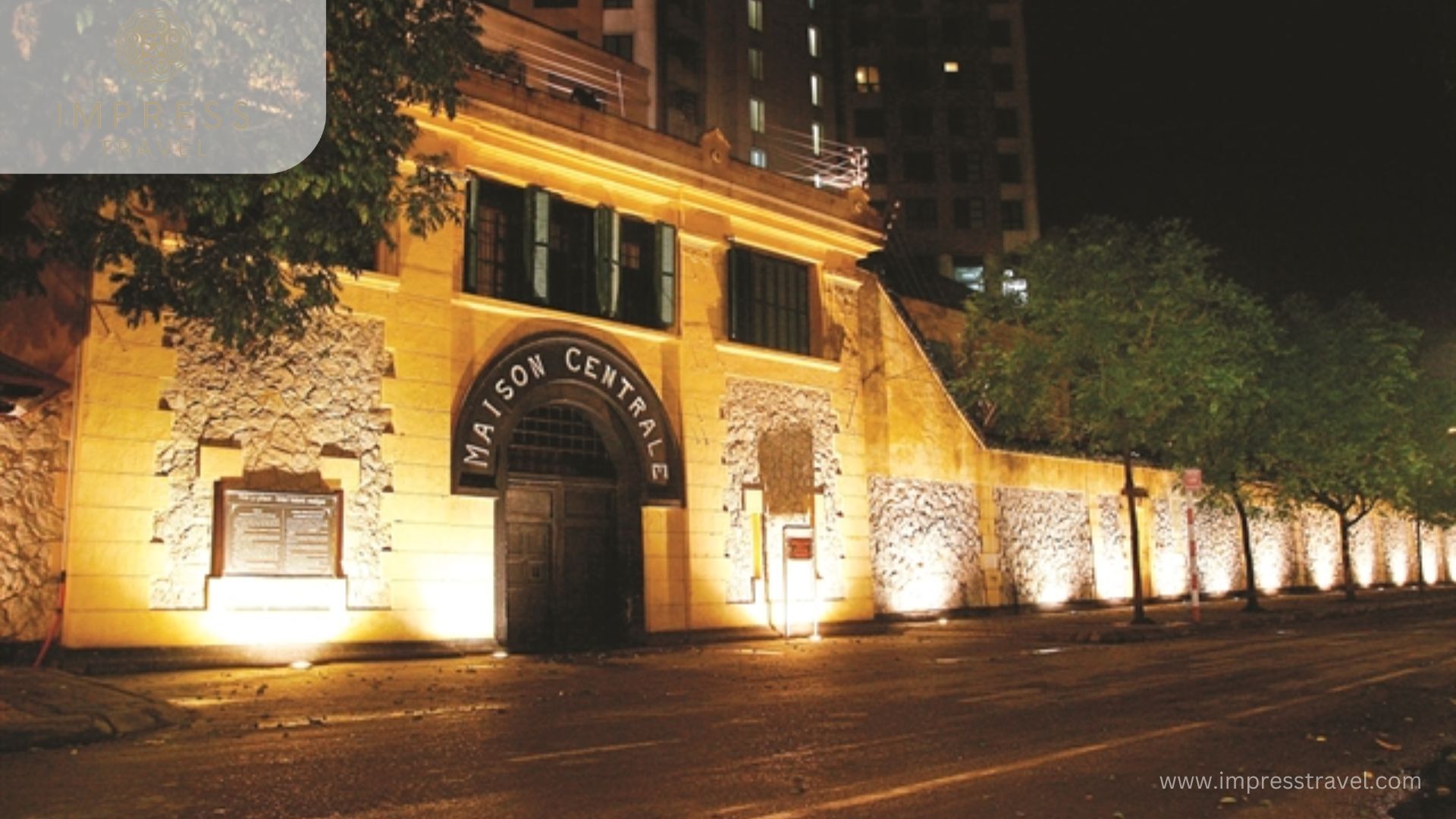
Hoa Lo Prison
Known by another name, “Hanoi Hilton," Hoa Lo Prison offers a sobering look into the turbulent history of the nation. Later used during the Vietnam War, it was originally constructed by the French to house political prisoners from Vietnam.
Number 1 Hoa Lo Street, Hoan Kiem District, Hanoi
A short 15-minute walk from Hoan Kiem Lake, Hoa Lo Prison enjoys a fantastic position in the center of Hanoi. From any location in the city, visitors may therefore readily reach this attraction. Among the widely used modes of transportation are the vehicle, motorbike, taxi, and public bus.
The busses numbers 2, 9, 40, and 49 all stop close to the prison if you would like to take one. Should you own a car, parking is accessible at the Hoa Lo Prison entrance.
Including holidays, Hoa Lo Prison is open daily from 8 a.m. to 5 p.m.
Admission to Hoa Lo Prison is fifty thousand VND each individual.
Cultural Encounters
A Water Puppet Show

Water Puppet Show
A fascinating approach to learn about Vietnamese culture is to take in a water puppet play, a distinctive art form that originated in the rice fields of Northern Vietnam. Every day in Hanoi, Thang Long Water Puppet Theatre presents amusing and educational shows.
From entertaining commoners to regal audiences, water puppetry developed as a folk art form. A new peak for the social standing of the art was reached in the 12th century when the best water puppet troupes in the nation were selected to entertain the monarch and guests during the Lý Dynasty. Vietnam’s treasured intangible cultural legacy, water puppetry (múa rối nước) continues to enthrall audiences several decades later.
The Old Quarter
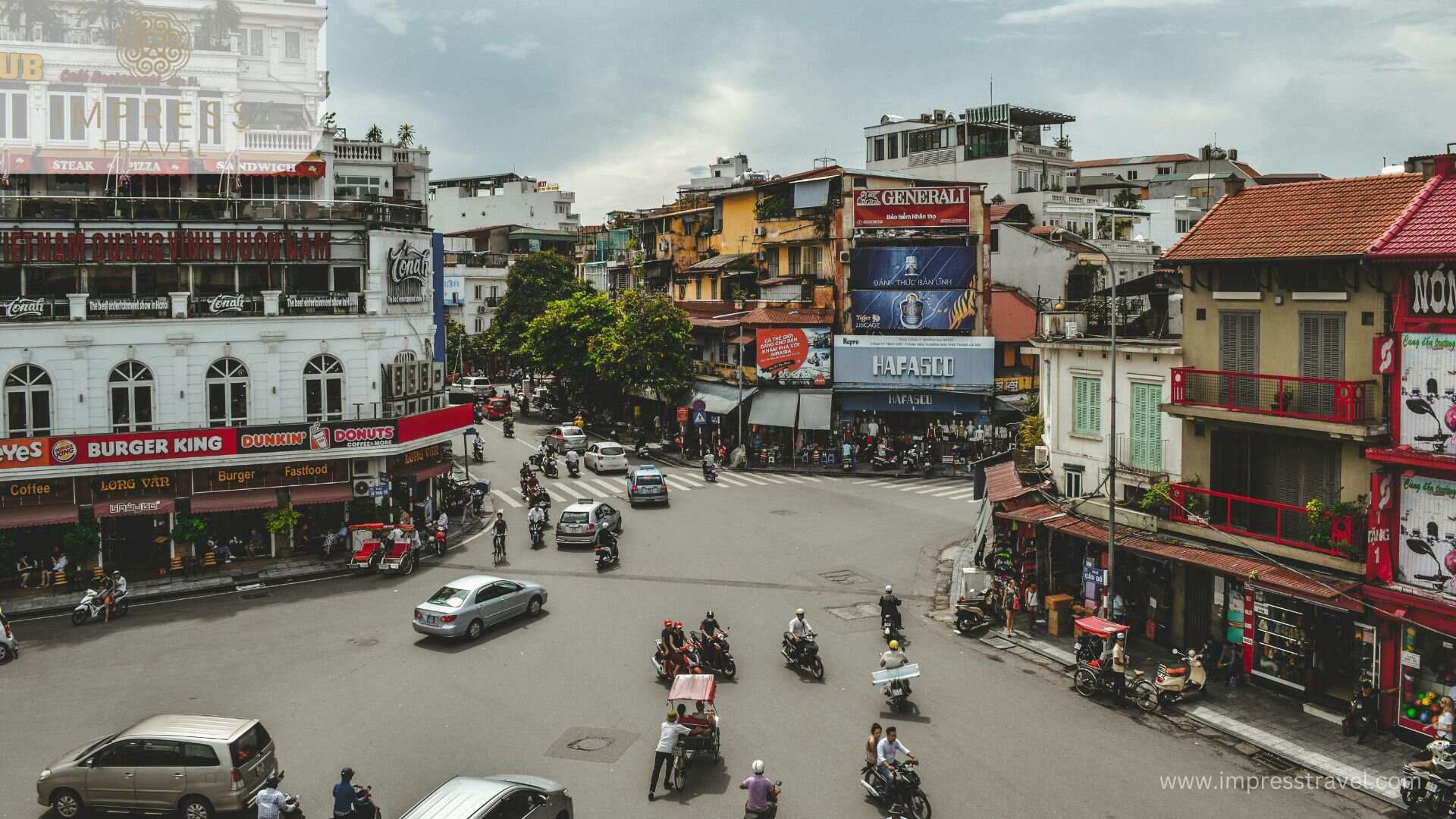
The Old Quarter
The Old Quarter, in the center of Hanoi, is a busy neighborhood with little lanes named for the commodities that were customarily sold there. Wandering, shopping, and sampling regional street food are all highly encouraged.
Situated north and west of Hoan Kiem Lake is the Hanoi Old Quarter. 36 streets make up this area. Hang Dau Street runs on the northernmost edge of the ancient quarter, and Phung Hung Street runs on the westernmost. Hang Bong Street, Hang Gai Street, Cau Go Street and Hang Thung Street are located in the southern area; Tran Quang Khai Street and Tran Nhat Duat Street are located in the eastern section.
You have a number of options for getting to Hanoi Old Quarter, including buses, taxis, motorbike taxis, and so on. Buses going to Hoan Kiem Lake are numbers 09, 14, 36; going to O Quan Chuong Gate are numbers 03, 11, 14, 18, 22, 34, and 40.
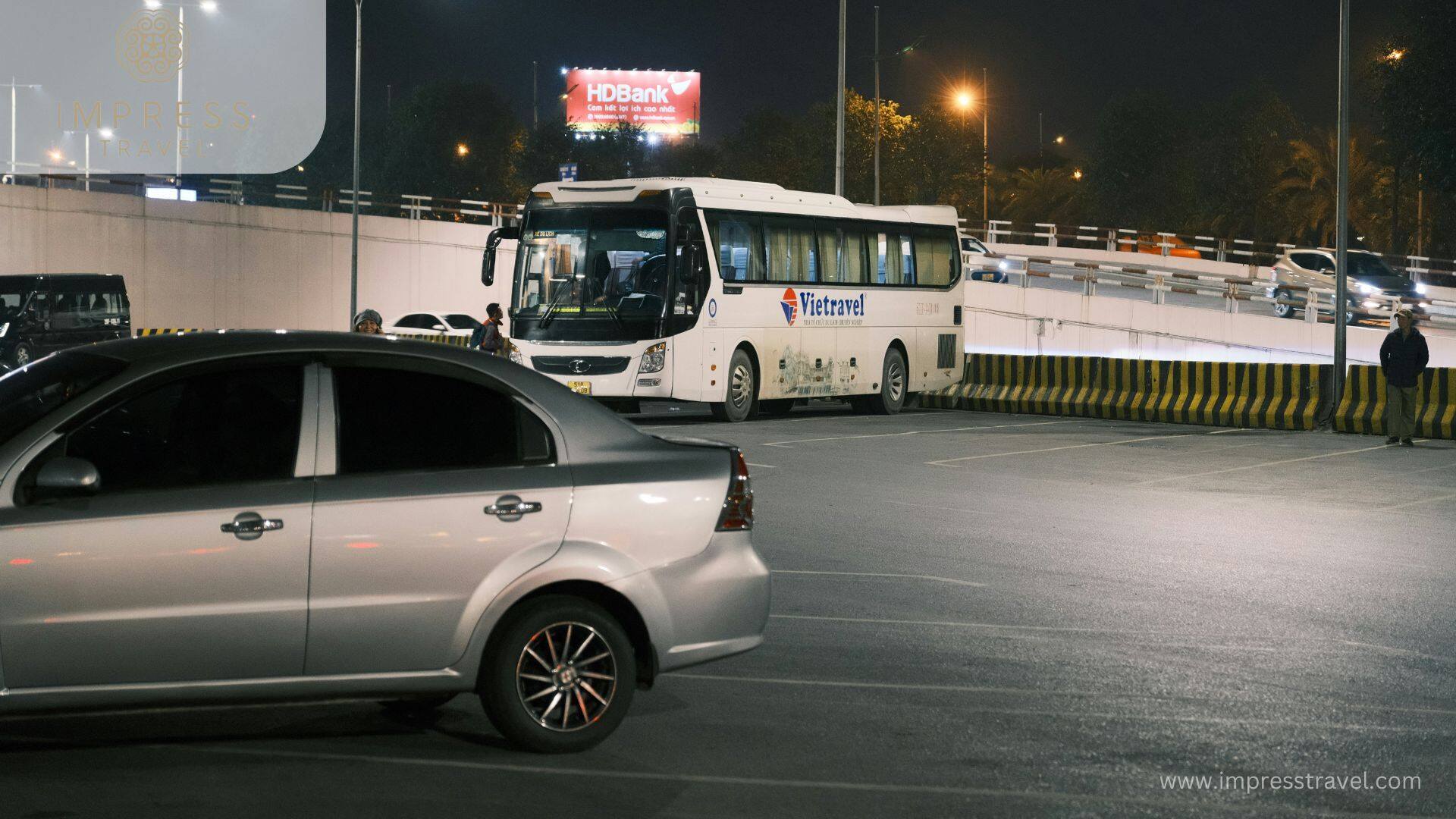
Bus
A taxi is one of the most widely used forms of transportation in Hanoi, hence visitors can hail one from any location.
Vietnam Museum of Ethnology
About 8 kilometers from the city center, on Nguyen Van Huyen Street in the Cau Giay neighborhood, is the more than 4 hectare site of the Vietnam Museum of Ethnology. First built at the end of 1987, it was opened in 1997. Member of the Tày ethnic group Ha Duc Linh designed the museum, which is shaped like a Dong Son drum. French architect Véronique Dollfus created the interior design. Bronze Drum, Outdoor, and Southeast Asia are the three primary exhibition areas.
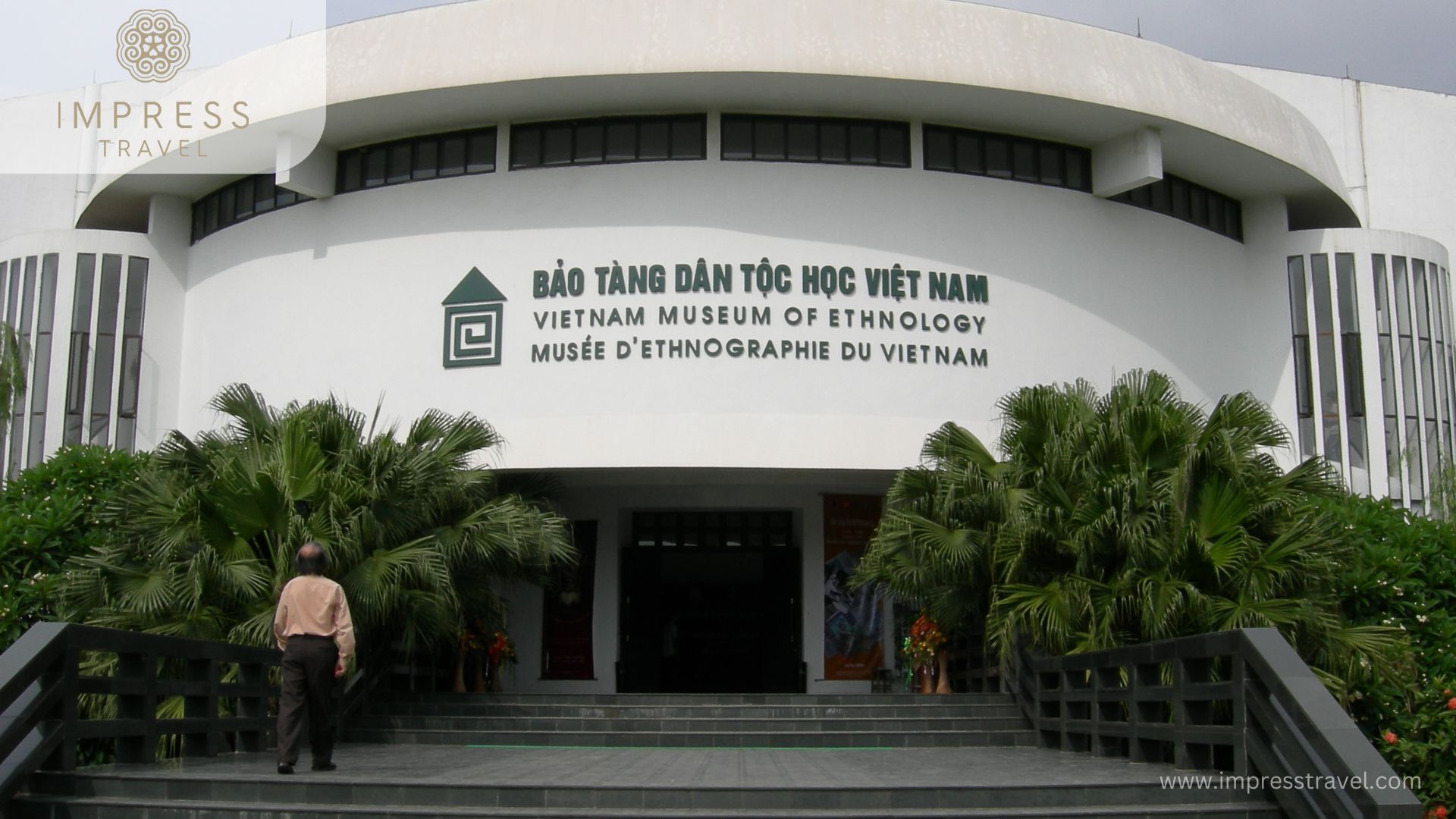
Vietnam Museum of Ethnology
Natural Attractions
Hoan Kiem Lake
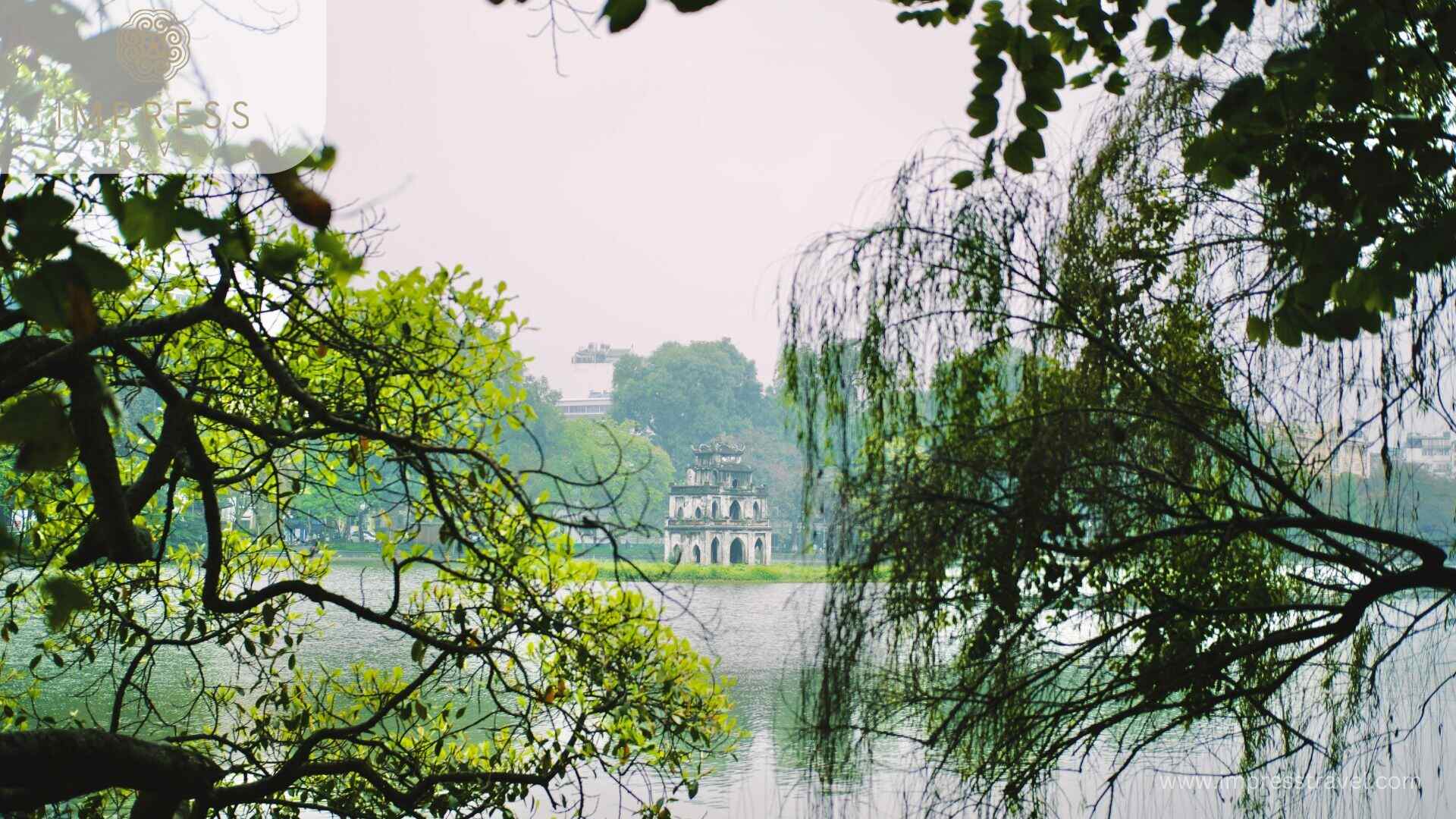
Hoan Kiem Lake
A glittering jewel that adorns the cityscape of Hanoi, the capital of Vietnam, is Hoan Kiem Lake. With an 11,55 hectare total size, the strategic Hoan Kiem Lake location makes it a well-known icon for both locals and visitors from all over the world. Natural freshwater lake Hoan Kiem Lake, sometimes known as Ho Guom Hanoi, is located in the center of Hanoi. The lake was formerly referred to as Thuy Quan Lake (rough translation: Naval Lake) since it was utilized in naval exercises or Luc Thuy Lake (rough translation: Emerald Lake) because of its green water all year round. It was nicknamed Hoan Kiem Lake (Sword Lake) about the fifteenth century since it was connected to the story of King Le Thai To (1385–1433) giving the magical sword back to the turtle god.
West Lake
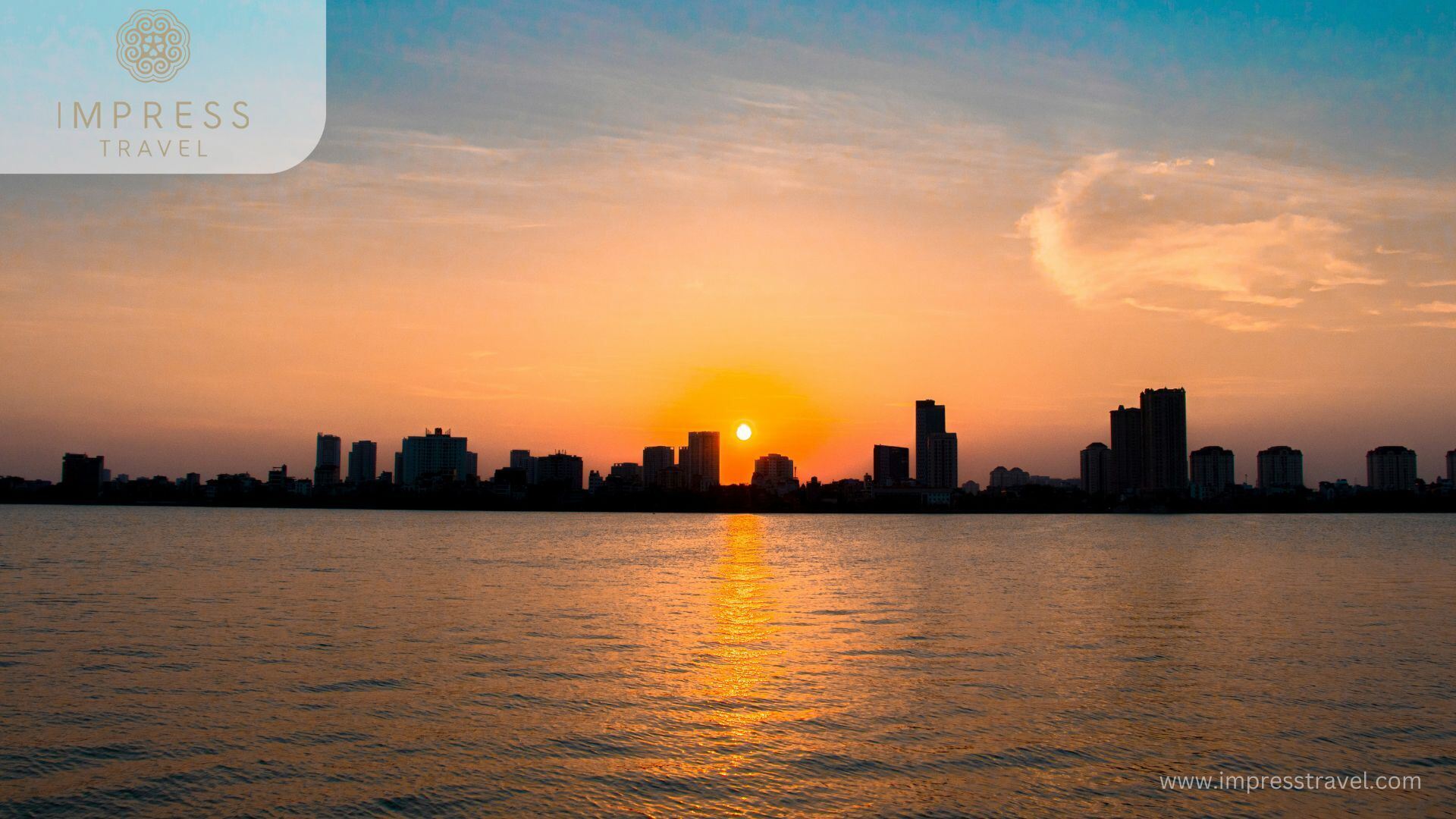
West Lake
West Lake is the biggest freshwater lake in Hanoi and a favorite destination for both residents and visitors. There are several old pagodas, eateries and cafes with breathtaking views all around the lake.
The largest lake in the capital city, West Lake is situated in the northwest of the city and spans 17 kilometers in shoreline and 500 hectares in area. At first, it was a section of the adjacent Red River. Its present position is the outcome of erosion and many floods.
Known by several names, including Kim Nguu Lake, Mu Suong Lake, and Xac Cao Pond, was West Lake. Every one of them was connected to a myth about the beginnings of the fabled West Lake.
Ba Vi National Park
Nature lovers will find Ba Vi National Park to be a great place to visit, just a short drive from the city. The park has three-peaked mountain, lovely vistas, and hiking trails.Tan Linh commune, Ba Vi District, Hanoi City
Ba Vi National Park, one of the most well-known locations in Vietnam with outstanding natural beauty, is situated around 60 kilometers west of Hanoi (previously Ha Tay Province). The 9,702.41 hectare Park borders Luong Son and Ky Son, two districts of Hoa Binh Province. The varied ecology and crisp, clean mountain air set against a magical backdrop of clouds and tropical rainforests are what entice many tourists to this site.
2,181 distinct plant species are found in the park; 64 of them are uncommon and are listed in the Red Book of Vietnam. Along with 193 bird species, 68 reptile species, and 26 amphibian species, there are 54 species of mammals and numerous rare and valuable species such pheasants, big lobes, civets, and so on.
The cuisine in Hanoi
Bun Cha- the famous food
Grilled pork combined with rice noodles, fresh herbs, and a delectable dipping sauce makes up Bun Cha, another meal you really must try. Taste buds will be delighted by this Hanoi speciality.
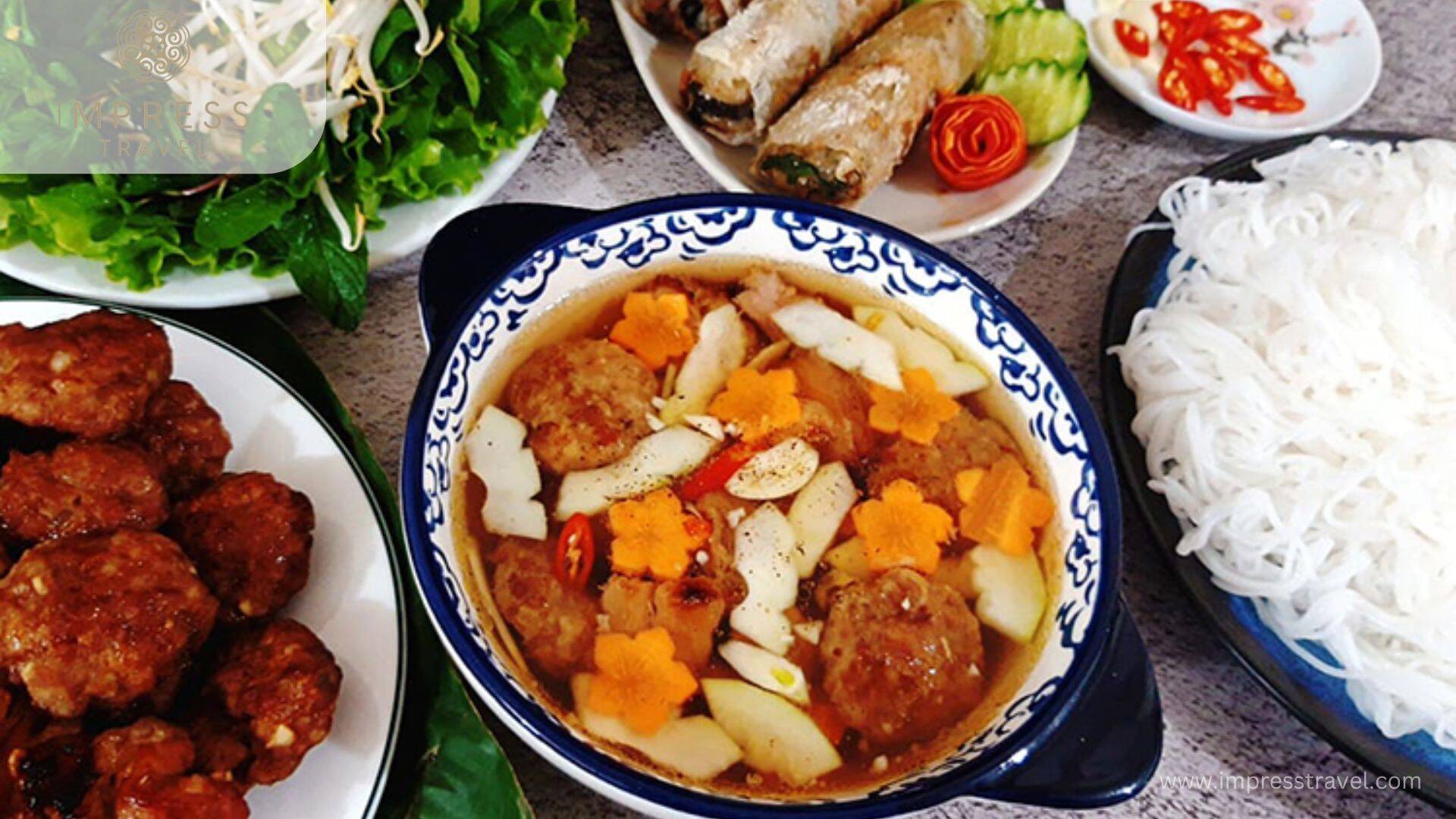
Bun Cha
Egg Coffee – famous drink
Egg coffee, a speciality of Hanoi, is a thick, creamy drink prepared with egg yolk, sugar, condensed milk and strong Vietnamese coffee. It’s a terrific opportunity to learn about local coffee culture and the ideal pick-me-up.
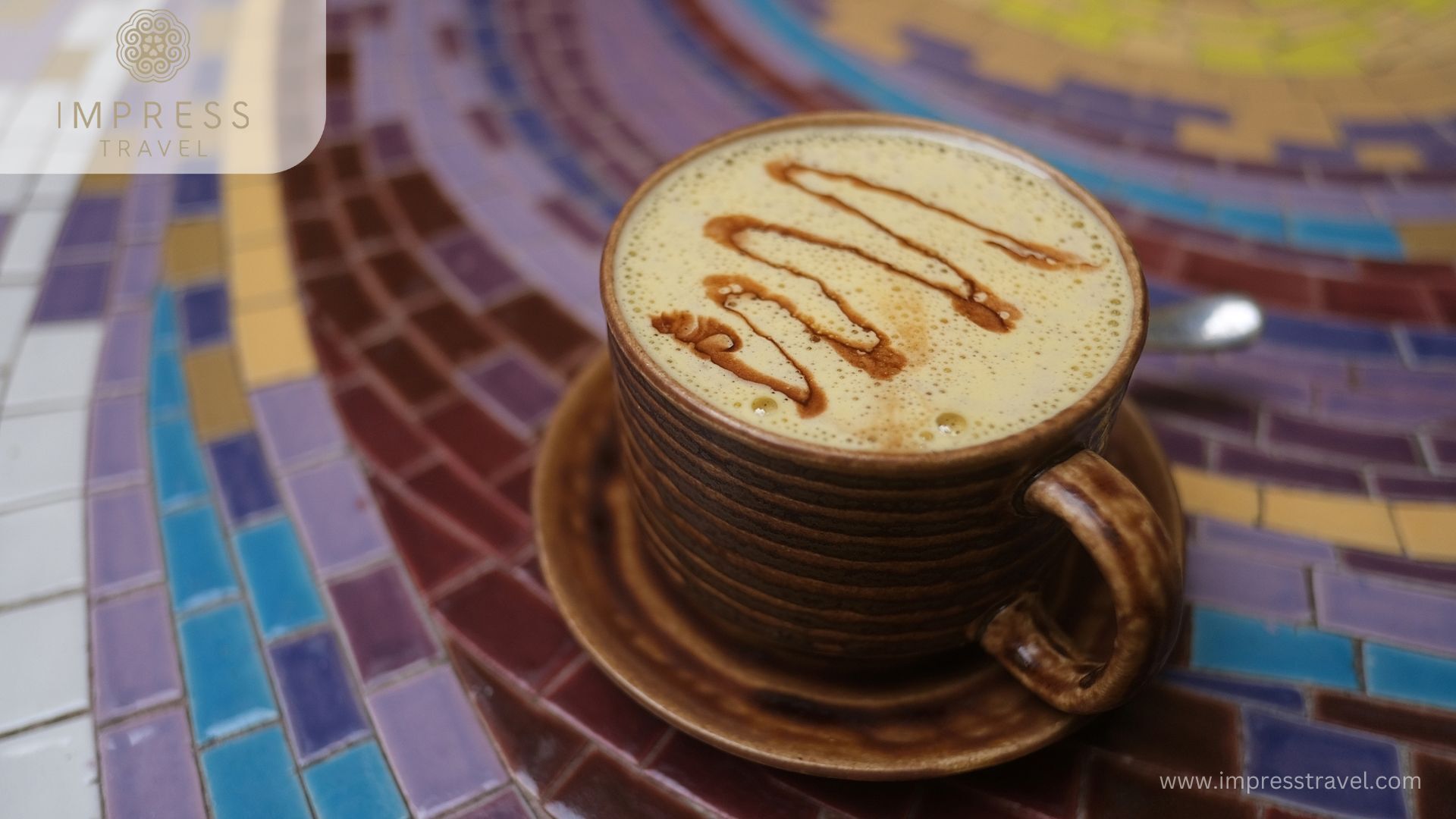
Egg Coffee
Shopping and Memorabilia
Dong Xuan Market, a famous marketplace in Hanoi
Dong Xuan Market, the biggest in Hanoi, is a busy marketplace where you may buy anything from clothes and accessories to regional cuisine and trinkets. Experiencing the local market culture is highly recommended.
Night Market
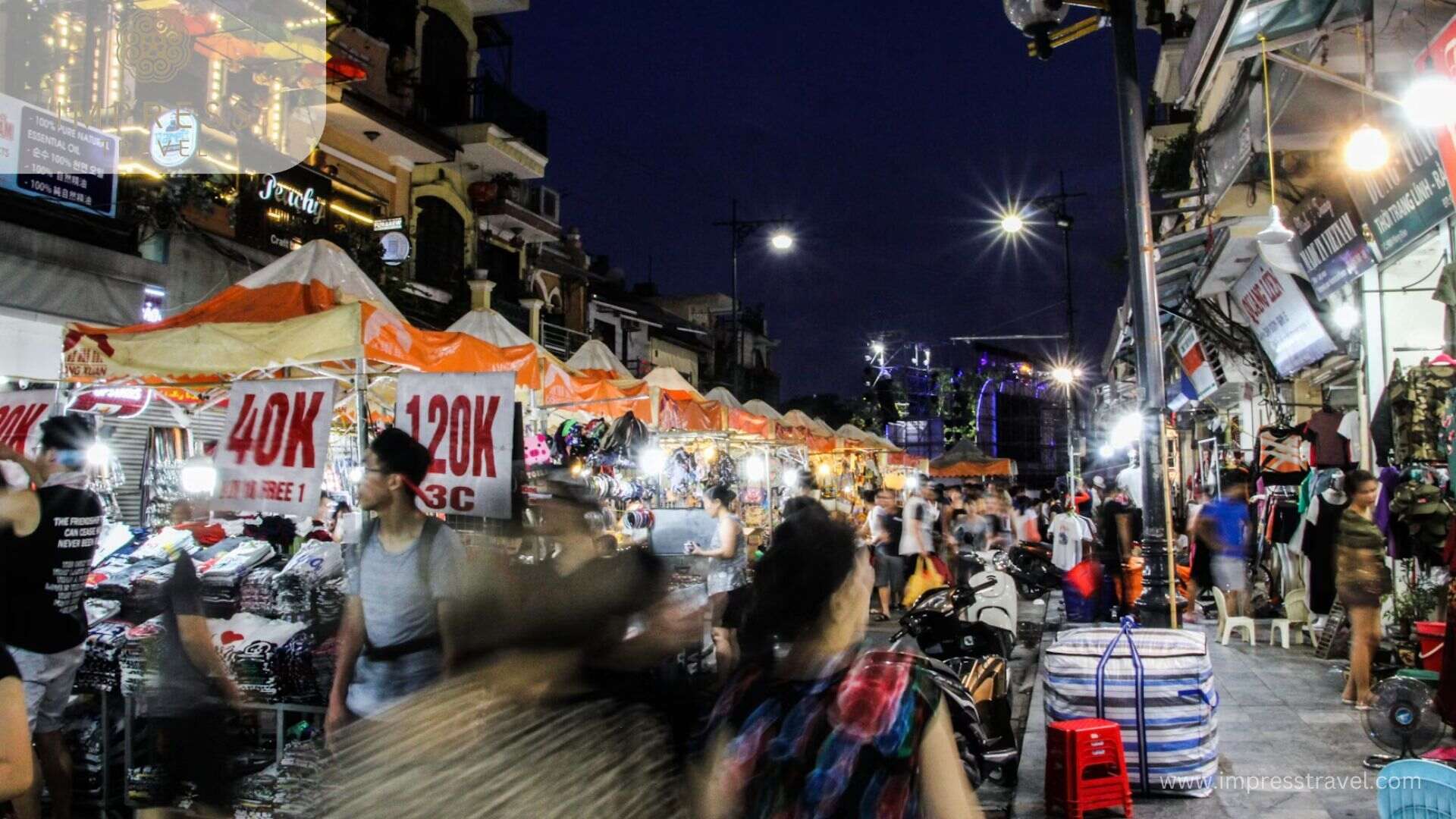
Night Market
The Hanoi Night Market is a vibrant event with street sellers offering a range of products, held in the Old Quarter. Try the street food, browse for mementos, and take in the lively vibe.
Summary
Beautifully fusing the old with the new, Hanoi provides a wide variety of sights and activities. This fascinating city offers plenty to see and do, from historical sites and cultural events to breathtaking scenery and delicious food. Whatever your length of stay—a few days or longer—Hanoi’s charm and energy will make an impression.
Don’t forget to regularly follow our Facebook page and Website for more interesting information about travelling to Hanoi and to book Hanoi tours at the best prices.










































